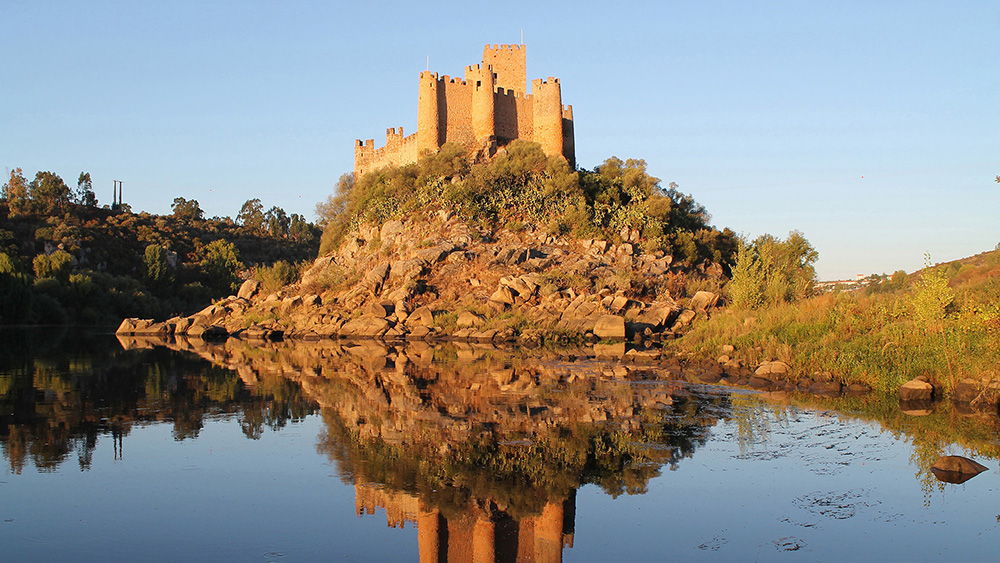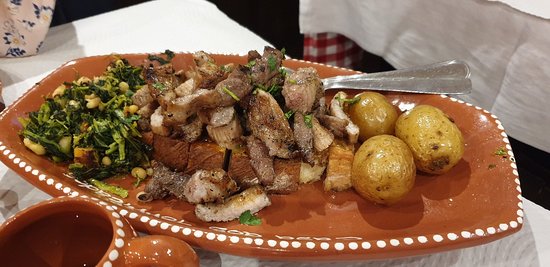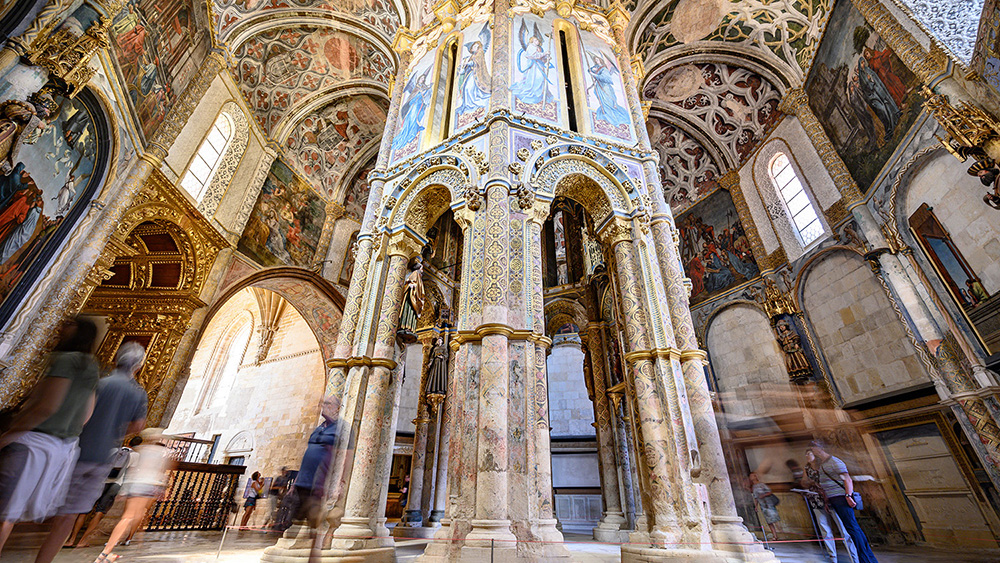Why Medio Tejo
They are 11 municipalities, located in the Center of Portugal, each with its own singularities, traditions and identity traits.
Abrantes, Alcanena, Constância, Entroncamento, Ferreira de Zêzere, Mação, Ourém, Sardoal, Tomar, Torres Novas, and Vila Nova da Barquinha.
These are the municipalities that make up this region crossed by rivers, mountains, dams and a unique landscape beauty.
The territorial limits of the region coexist with the proximity of the districts of Guarda (north), Leiria (north and northwest), Portalegre (east), Évora (southeast and south), Setúbal (south) and Lisbon (west), standing out in the its interior includes the mountainous terrain of the limestone massif of the Serras de Aire and Candeeiros and the extensive hydrographic network of the tertiary Tagus-Sado basin, with springs, streams, natural pools and reservoirs.
Forest and agricultural landscapes are predominant, as is the presence of the Tagus River, which as it passes through the region receives the waters of four rivers, two of them “sons of the earth”, Alviela and Almonda, whose sources are located in Alcanena and Torres Novas. and two others from the rest of the country: Zêzere and one of its tributaries, the Nabão.
Another identity element of this region is the magnificent water mirror that the Castelo do Bode Reservoir provides and which gravitates towards two of our municipalities: Abrantes and Ferreira do Zêzere.
The Sanctuary of Fátima, the Convent of Christ and its five castles: Abrantes, Almourol, Ourém, Tomar and Torres Novas are other examples of the endogenous resources existing in the Middle Tagus, whose diversity characterizes this region located just a stone's throw from Lisbon and Porto .




